In 2019 Cleveland City Council passed legislation that requires owners of rental property in the City to prove that their dwelling units are safe from lead hazards.
This proof is a Lead Safe Certification or proof of full Abatement of all lead hazards.
As the owner of a rental unit in the City of Cleveland, you are responsible for ensuring your property is free from lead hazards and applying for a Lead Safe Certification.
Rental properties built before 1978 must obtain a Lead Safe Certification or an Exemption. Owner-occupied properties do not need to be certified.
Maintaining a Healthy Lead Safe Home
Ensure that your property is well maintained
Look over your property carefully and address any areas of peeling paint, chipped paint, paint dust, and areas of exposed bare soil. Address any issues causing peeling paint like a leaking roof or other water intrusion. This would be a perfect time to replace friction surfaces like windows, doors and porch floors. Many grants are available to help cover some of the cost of these improvements. This is an important first step in ensuring that your home is safe for your tenants.
Lead Safe Certification: Know the Process
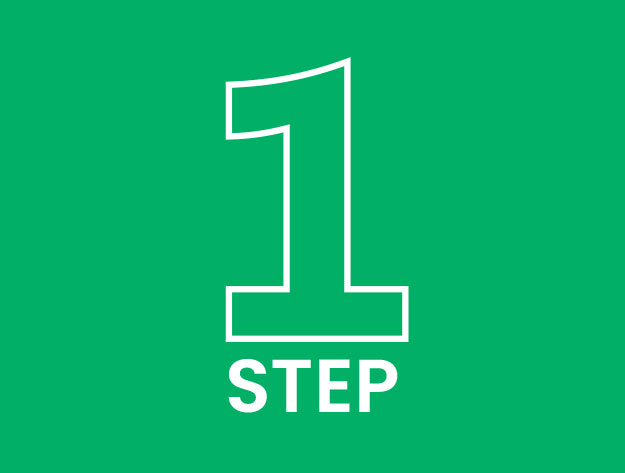 Register Your Rental Property
Register Your Rental Property
Make sure your property is registered with the City of Cleveland as a non-owner-occupied property. See all the requirements for registering a property here.
- To register your property, go to the Citizen Access Portal.
- Login > Building & Housing > Permits and Registrations
- Obtain a Rental Registration number. You'll need this to obtain a Lead Safe Certificate.
- Submit your Lead Safe Certificate LSC# to bhrental@clevelandohio.gov in order to finalize your Rental Registration.
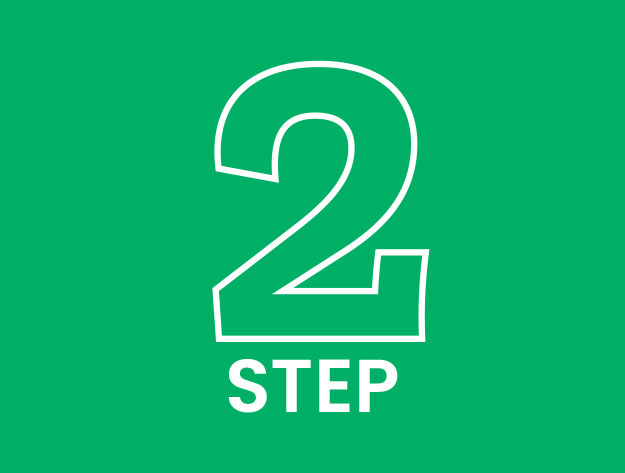 Hire a Certified Risk Assessor
Hire a Certified Risk Assessor
Finding a lead safe worker is similar to finding a professional for other needs. The Ohio Department of Health maintains the licensure of lead workers in the state. See this list of Licensed Service Providers.
Locally, two resources exist to assist you through the Lead Safe Certification process:
- The City of Cleveland's lead team, which also includes a dedicated 1-3 family rental unit that can provide assistance and
- The Lead Safe Cleveland Coalition, which administers various incentive programs and maintains a list of vetted professionals that have been trained to support you through the Lead Safe Certification process. Contact the Lead Safe Resource Center today at (833) 601-5323.
Hiring a Lead Professional:
- Costs: Inspections start at $350 and vary by assessor and type of assessment
- Time: Average assessment starts at about 90 minutes for a 2-year certification inspection
- Search the Ohio Department of Health database for a licensed professional
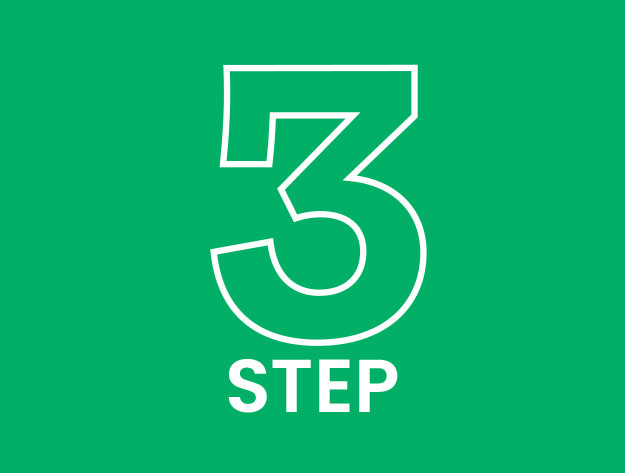 Clean Your Property Thoroughly
Clean Your Property Thoroughly
Thoroughly clean the property, wet cleaning all window wells and floors prior to your risk assessment. A certified risk assessor can provide guidance on doing this safely using lead safe practices. Some private companies will do this type of cleaning for a fee; however, a homeowner can do it following the advice of a lead professional or referring to online resources.
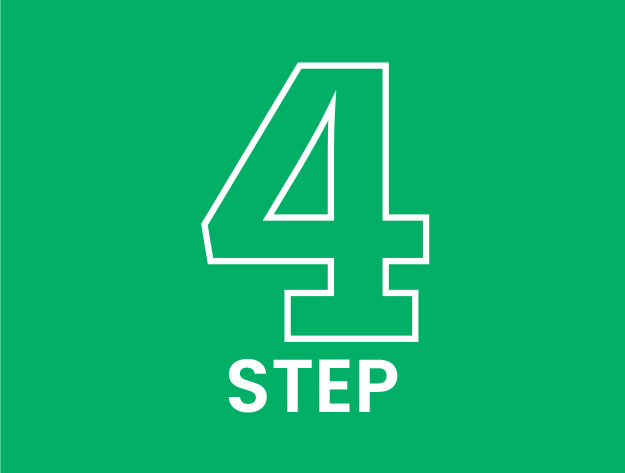 Inspection of Rental Property
Inspection of Rental Property
- 2-year Lead Risk Assessment inspection (sample assessments to come)
- 20-year Lead Inspection and Risk (LIRA) inspection
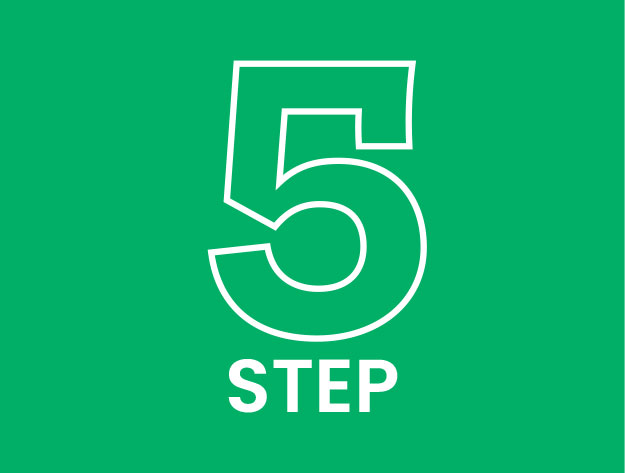 Review Lead Risk Assessment
Review Lead Risk Assessment
Review the assessment of the property closely. This outlines your next steps toward a certification or 20-year exemption.
 Create an Application & Submit Risk Assessment
Create an Application & Submit Risk Assessment
The application is now online and should be submitted through the Citizen Access Portal along with supporting documentation.
If the assessment demonstrates that lead hazards were not identified, a Lead Safe Certificate will be issued. If a Lead Risk Assessment report verifies the unit has been abated of lead hazards, the City will issue an exemption to the lead-safe certification requirements. If lead hazards are identified, the City will set a schedule to remediate those lead hazards.
PROPERTY IS LEAD SAFE OR ABATED
- 2-year Lead Risk Assessment (LRA) certification or 20-year exemption is issued.
- Submit your Lead Safe Certificate, a W-9 form, and fill out this application from the Lead Safe Resource Center for reimbursement.
A LEAD HAZARD IS FOUND
- Review Lead Hazards Identified table of the Risk Assessment
- Submit your plan to remediate the lead hazards within 90 days of submission. See the table below for timelines and options. Additional time may be granted with progress shown in 90 days.
- City Risk Assessment Teams work with you to execute a plan for a remediation.
- After any completion of remediation work, a Lead Clearance and the property cleared by a certified Risk assessor is submitted to the City.
- A Lead Safe Certificate is issued.
Sample of Lead Hazards Indentified
An example of a table demonstrating identified lead hazards and the options for controlling those hazards to receive a Lead Safe Certificate is below.
Please note that the renovation and ongoing maintenance of a property including keeping paint in good condition can and should be done regularly to maintain the unit.
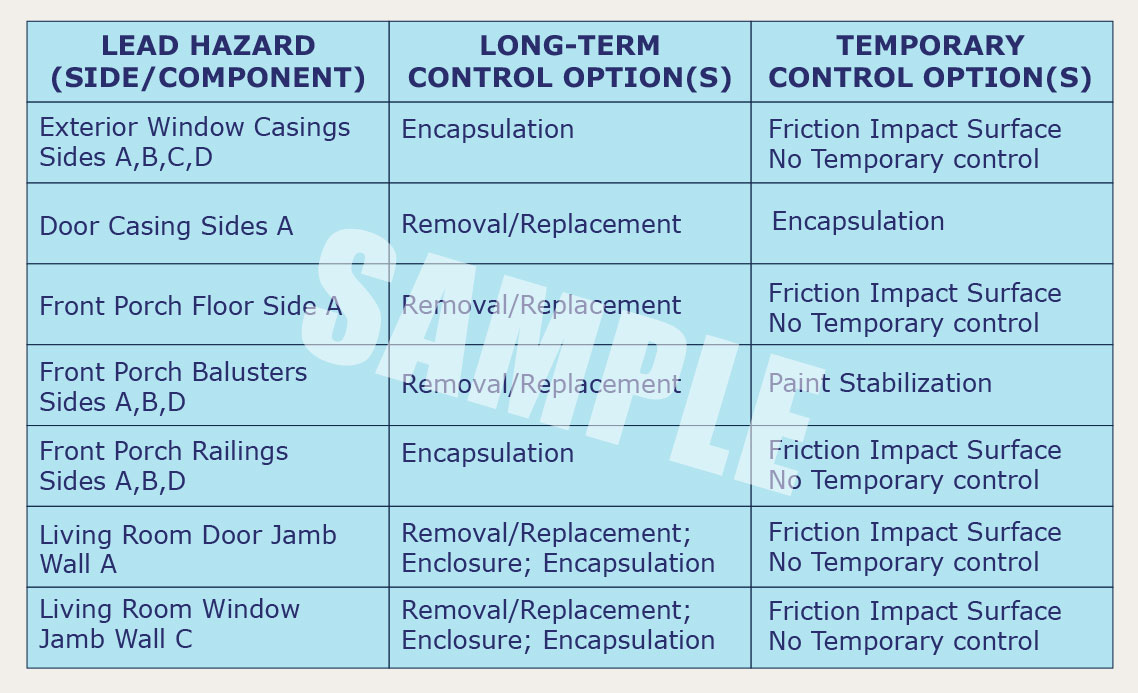
This chart demonstrates an example of the processes required to address findings of lead hazards. It is not an exhaustive list.
Know Before You Get Started
You will need the following information to complete your Lead Safe Certification application:
| 1. Rental Registration Number. You can search for this on the Citizen Access Portal |
| 2. Parcel # and Year Built (properties built after 1978 do not require certification). To find your parcel # and year built: Cuyahoga County MyPlace |
| 3. Applicable for rental properties only. Owner-occupied units are exempt and require a Lead Safe Exemption Affidavit |
| 4. Email address of property owner and risk assessor |
5. Inspection Type:
|
| 6. Risk Assessment Report and any supporting documentation. This could be photos, auditor information, cleared Lead Hazard Control Ordinance from the Health Department. |
| 7. If the property was cleaned or remediated before the inspection. The contractor name and Lead Firm Certification # is required. |
Learn More
FAQs
What properties must be certified?
Rental property owners with units built before 1978 must obtain a Lead Safe Certification or an exemption.
- Owner-occupied properties do not need to be certified.
How long is a certification valid?
The Lead Safe Certification is valid for two years, after which rental property owners must re-apply for certification.
What is the 20 year exemption?
Units can receive a 20-year exemption from Lead Safe Certification requirements if the unit has been abated of all lead hazards and a Lead Risk Assessment (LIRA) is completed and shows no hazards.
While lead abatement (removal or 20-year encapsulation of lead hazards) is encouraged where economically feasible, it is not required to receive a Lead Safe Certificate. Interim controls may be the recommended control option by a risk assessor. Interim controls, such as re-painting peeling painted friction surfaces is permissible as part of the preparation for a risk assessment.
Is there an application fee?
There is no application fee to apply for the Lead Safe Certification.
Can I look up the certification status of a property?
You can search the Citizen Access Portal. No account is required. It's easiest to search by a parcel number.
- See the How to use the Citizen Access Portal page for guidance.
Is financial assistance available to help with renovations?
Financial assistance is available to help property owners obtain their certification.
Lead Safe Coalition offers loans, grants and incentives.
Lead Hazard Control Program The City of Cleveland Department of Community Development has grant programs that can help abate lead hazards.
Property owners performing remediation that includes abatement measures may also apply for the Lead Abatement Tax Credit from the Ohio Department of Health.
Why am I required to do this?
In 2019 Cleveland City Council passed legislation that requires owners of rental property in the City to prove that their dwelling units are safe from lead hazards.
The goal of this program is to reduce lead poisoning in children in the City of Cleveland by ensuring the housing stock is free of Lead.
Licensing & Lead Risk Assessors
Lead Risk Assessors are licensed and are hired to complete a Lead Risk Assessment. You can search the Ohio Department of Health database to find a licensed professional.
Who licenses Lead Risk Assessors?
The Ohio Department of Health, Lead Poisoning Prevention Program ensures that the public receives safe and proper lead abatement, detection and analytical services.
The program licenses and regulates the professional activities of lead risk assessors, lead abatement contractors, lead abatement workers, lead inspectors, lead project designers, and clearance technicians in accordance with state law and regulations.
Search the Ohio Department of Health database for a licensed professional.
What can a Lead Risk Assessor do with their license?
The Ohio Department of Health has provided the following information related to acceptable use of contractors for the City of Cleveland’s lead certification program:
| Hazard control following a Risk Assessment | US EPA Certified Renovation Firm | ODH Licensed Abatement Contractor | Clearance |
|---|---|---|---|
| No hazards identified by risk assessor | Permitted | Permitted | Clearance Technician, Inspector or Risk Assessor |
| Interim Controls only | Permitted | Permitted | Clearance Technician, Inspector or Risk Assessor |
| Interim Controls followed by Lead Abatement or Lead Abatement followed by Interim Controls | See Below | Required | Inspector or Risk Assessor |
| Lead Abatement | Not permitted | Required | Inspector or Risk Assessor |
Interim controls mean a set of measures designed to temporarily reduce human exposure or likely human exposure to lead hazards. Interim controls include specialized cleaning, repairs, painting, temporary containment, ongoing lead hazard maintenance activities, and the establishment and operation of management and resident education programs.
Lead abatement means a measure or a set of measures, designed for the single purpose of permanently eliminating lead hazards. Lead abatement includes all the following:
- Removal of lead-based paint and lead-contaminated dust. This includes stripping or scraping paint from the surface and repainting.
- Permanent enclosure or encapsulation of lead-based paint. Examples of enclosure are installation of drywall over lead coated surfaces or wrapping and siding exterior lead painted surfaces. Encapsulation if the application of an ODH approved liquid coating to seal lead coated surfaces.
- Replacement of surfaces or fixtures painted with lead-based paint such as windows, door and trim work.
- Removal or permanent covering of lead-contaminated soil.
- Preparation, cleanup, and disposal activities associated with lead abatement.
Note: Only an ODH licensed lead abatement contractor can perform interim controls and lead hazard abatement simultaneously.



